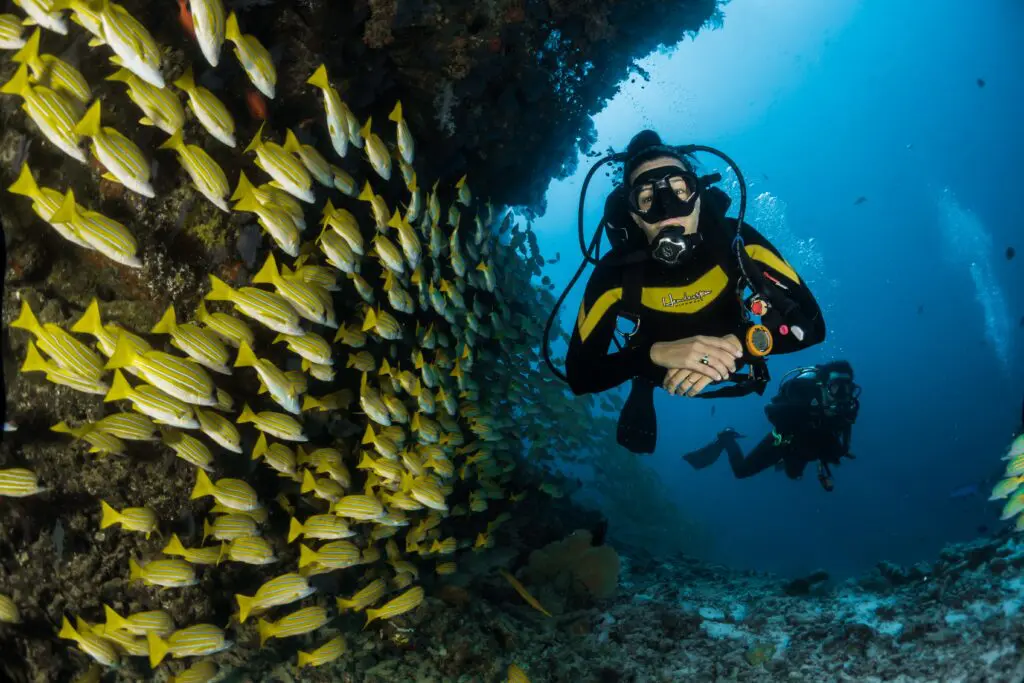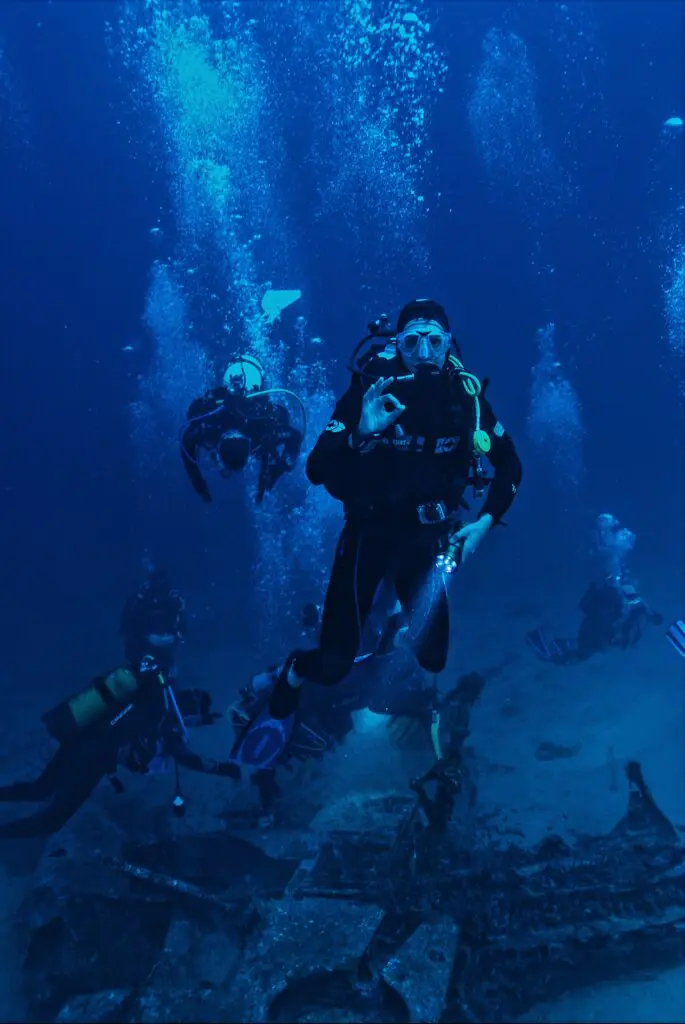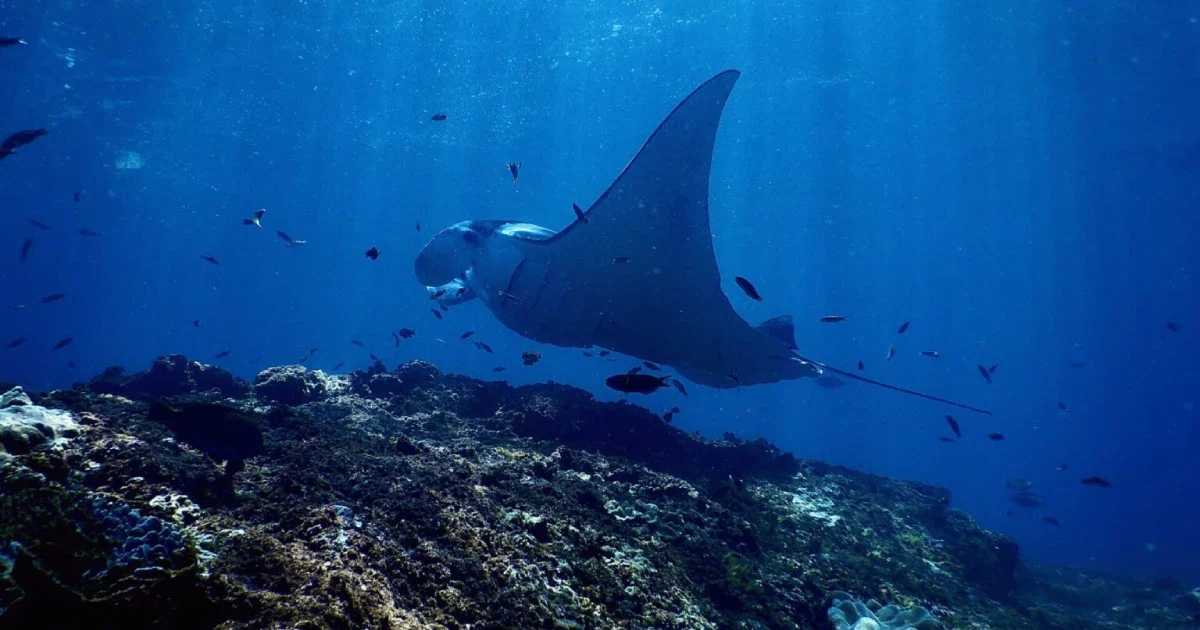When it comes to underwater exploration, safety should always be the top priority. Whether you’re an experienced diver or just starting out, understanding the risks and taking necessary precautions is essential. In this blog post, we will provide you with comprehensive guidelines to ensure a safe and responsible underwater adventure. From recognizing common hazards to preparing for a dive, practicing safe diving techniques, and handling unexpected situations, we’ve got you covered. Learn the essential guidelines for save diving. Let’s dive in!


The Importance of Safety in Underwater Exploration
Before embarking on any underwater exploration, it’s crucial to grasp the significance of prioritizing safety. The underwater world presents unique challenges and potential risks that demand caution. By understanding the importance of safety, you not only protect yourself but also contribute to the preservation of the delicate underwater ecosystems you encounter.
Understanding the Risks: Common Hazards in Underwater Environments
To navigate the underwater world safely, it’s essential to be aware of the common hazards you may encounter. These can include strong currents, limited visibility, changes in water temperature and pressure, marine life encounters, and potential equipment malfunctions. Understanding these risks will help you better prepare and minimize potential dangers.
Preparing for a Safe Dive: Essential Equipment and Checklist
When it comes to diving, proper preparation is key to ensuring a safe and enjoyable experience. Before embarking on any underwater adventure, it is essential to gather the necessary equipment and conduct a thorough pre-dive checklist. In this blog post, we will explore the essential equipment needed for a safe dive and provide you with a comprehensive checklist to ensure nothing is overlooked. By taking the time to prepare adequately, you can minimize risks and maximize your diving enjoyment.
Essential Equipment for a Safe Dive:
- Dive Mask: A well-fitting dive mask is crucial for clear vision underwater. Ensure it is properly adjusted and has a snug seal to prevent leaks.
- Fins: Choose fins that are comfortable and provide efficient propulsion underwater. Properly fitting fins will enhance your maneuverability and reduce fatigue.
- Regulator: The regulator is your lifeline underwater, supplying you with the air you need to breathe. Regularly service and maintain your regulator to ensure its proper functioning.
- Buoyancy Control Device (BCD): The BCD allows you to control your buoyancy and stay at the desired depth. Make sure it is properly adjusted, and all the straps and buckles are secure.
- Dive Computer: A dive computer helps you monitor important dive information such as depth, dive time, and decompression limits. Familiarize yourself with its features and ensure it is adequately programmed for your dive profile.
- Exposure Protection: Depending on the water temperature, choose the appropriate exposure protection, such as wetsuits, drysuits, or dive skins. Proper insulation is essential for your comfort and safety.
- Weight System: Maintain proper buoyancy control by using a weight system that suits your needs. Ensure the weights are properly secured and distributed for optimal balance.
Dive Preparation Checklist:
- Diving Certification and Logbook: Ensure your diving certification is up to date and carry your logbook to record your dives and track your experience.
- Dive Plan: Plan your dive in advance, considering factors such as dive site conditions, maximum dive depth, bottom time, and planned route.
- Safety Equipment: Pack essential safety equipment, including a signaling device (such as a whistle or surface marker buoy), a dive knife or cutting tool, and a dive light for better visibility.
- Dive Site Information: Gather information about the dive site, including its layout, entry and exit points, potential hazards, and marine life you may encounter.
- Buddy System: Never dive alone. Arrange for a buddy and establish a clear communication plan and emergency procedures before entering the water.
- Pre-Dive Inspection: Conduct a thorough inspection of all your equipment, checking for any signs of damage or malfunction. Test your regulators, inflate and deflate your BCD, and ensure your dive computer is working correctly.


Safe Diving Practices: Tips for Responsible Underwater Exploration
Safe diving practices not only ensure your own well-being but also contribute to the preservation of marine ecosystems. Follow these tips to ensure a responsible and enjoyable underwater exploration:
- Dive within your limits: Know your skill level and experience, and do not push yourself beyond your capabilities.
- Maintain proper buoyancy control: This helps prevent damage to fragile marine life and reduces the risk of accidental contact with hazardous objects.
- Respect marine life and their habitats: Avoid touching or damaging corals, and never remove marine organisms or artifacts from their natural environments.
- Follow buddy diving principles: Always dive with a buddy, maintain visual contact, and communicate effectively underwater.
- Plan your dives and dive your plan: This includes setting dive time limits, monitoring air consumption, and ensuring proper decompression stops for repetitive dives.
Emergency Preparedness: Handling Unexpected Situations Underwater
No matter how well-prepared you are, unexpected situations can arise during underwater exploration. It’s vital to have the knowledge and skills to handle emergencies effectively. This includes:
- Proper training and certification: Obtain the necessary certifications and stay updated with training courses to enhance your skills and emergency response capabilities.
- Equipment redundancy: Carry redundant or backup equipment, such as extra dive lights, dive masks, and alternative air sources, to handle equipment failures effectively.
- Buddy communication and emergency procedures: Establish clear communication signals with your buddy and practice emergency procedures, including buddy assists, controlled ascents, and sharing air.
Safety should always be the guiding principle for underwater exploration. By understanding the importance of safety, recognizing common risks, preparing adequately, following safe diving practices, and being prepared for emergencies, you can ensure a safe and responsible underwater adventure. Remember, your safety and the preservation of the underwater world go hand in hand. So dive in, explore, and make memories while keeping safety as your top priority.




[…] As a dive master, your duties extend beyond just diving. You become a leader, mentor, and advocate for safe and responsible diving practices. […]
[…] Safety is paramount in the underwater/marine industry, and certifications in areas such as diving, first aid, and emergency response are not just optional; they’re mandatory. Additionally, underwater professionals need to be physically fit and mentally prepared to handle the demands of their roles, which often include working in challenging environments and potentially adverse conditions. If you are interested about safety diving, check this post. […]